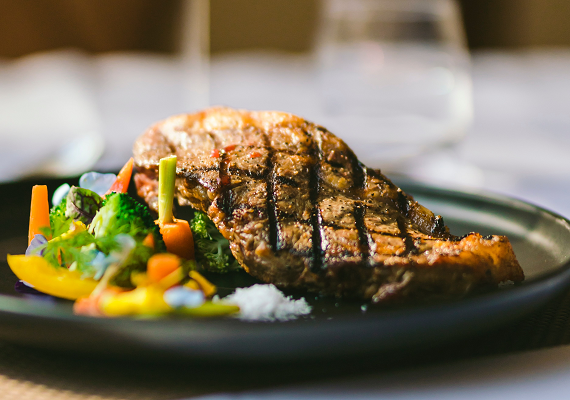Each year, thousands of people in the US are diagnosed with dysphagia. While most of the people diagnosed are elderly, this condition can occur at any age. If you want to learn about dysphagia and what to do if you’ve recently been diagnosed, check out the simple guide below.
What is Dysphagia?
It is a medical condition. A person with dysphagia finds it difficult to swallow some foods or liquids, which can result in them going down the windpipe. Dysphagia is not a disease. It is a condition that occurs due to a disorder, illness, or disease. It can be caused by several things, including Motor Neurone Disease, Multiple Sclerosis, Parkinson’s Disease, Dementia, mouth or throat cancer, or a stroke.
Signs of Dysphagia
Here are some of the most common signs of dysphagia:
- Pocketing food in the side of the mouth.
- Drooling
- Difficulty controlling food in the mouth.
- Coughing or choking before, during, or after consuming food or drink.
- Weight loss when there is no other reason.
- Feeling like food is stuck in the throat.
- Frequent chest infections.
- Struggling to breathe when eating and drinking.
- Gurgly or wet-sounding voice.
- Weak voluntary cough
- Needing to clear the throat frequently when eating or drinking.
- Slurred speech.
Can Dysphagia Be Cured?
Not everyone who is diagnosed with dysphagia will have it for life. Some people only have this condition briefly before it clears up. However, the majority of people with a swallowing disorder have it long-term. This means that they have to learn to live with the condition.
Treating Dysphagia
Treatment for dysphagia will usually depend on the cause. Most instances of dysphagia can be improved with treatment; however, a cure isn’t always possible. Some of the treatments for dysphagia include:
- Visiting a speech and language therapist – a speech and language therapist can teach you different swallowing techniques.
- Changing the consistency of food – it is now possible to purchase a food and drink thickener such as the SimplyThick thickener for dysphagia. These thickeners make it easier and safer for you to swallow food.
- Alternative forms of feeding – if speech and language therapy and changing food consistency do not work, you may have to look at alternative forms of feeding. For example, tube feeding through the stomach or nose.
- Surgery – surgery is the most invasive treatment option, but it has a high success rate. Surgery for dysphagia involves widening the esophagus by inserting a plastic or metal tube and stretching it.
Complications of Dysphagia
If dysphagia is left untreated, you may experience further problems. One of the most common problems is choking or coughing when food gets into your windpipe. If this happens often, you may avoid eating, which can lead to malnutrition and dehydration.
Many people struggle to come to terms with a diagnosis of dysphagia. They worry that it will prevent them from doing things such as going out for meals with friends. However, while dysphagia isn’t a pleasant condition to live with, it can be managed, meaning people with this condition can live a long, happy, and healthy life.
